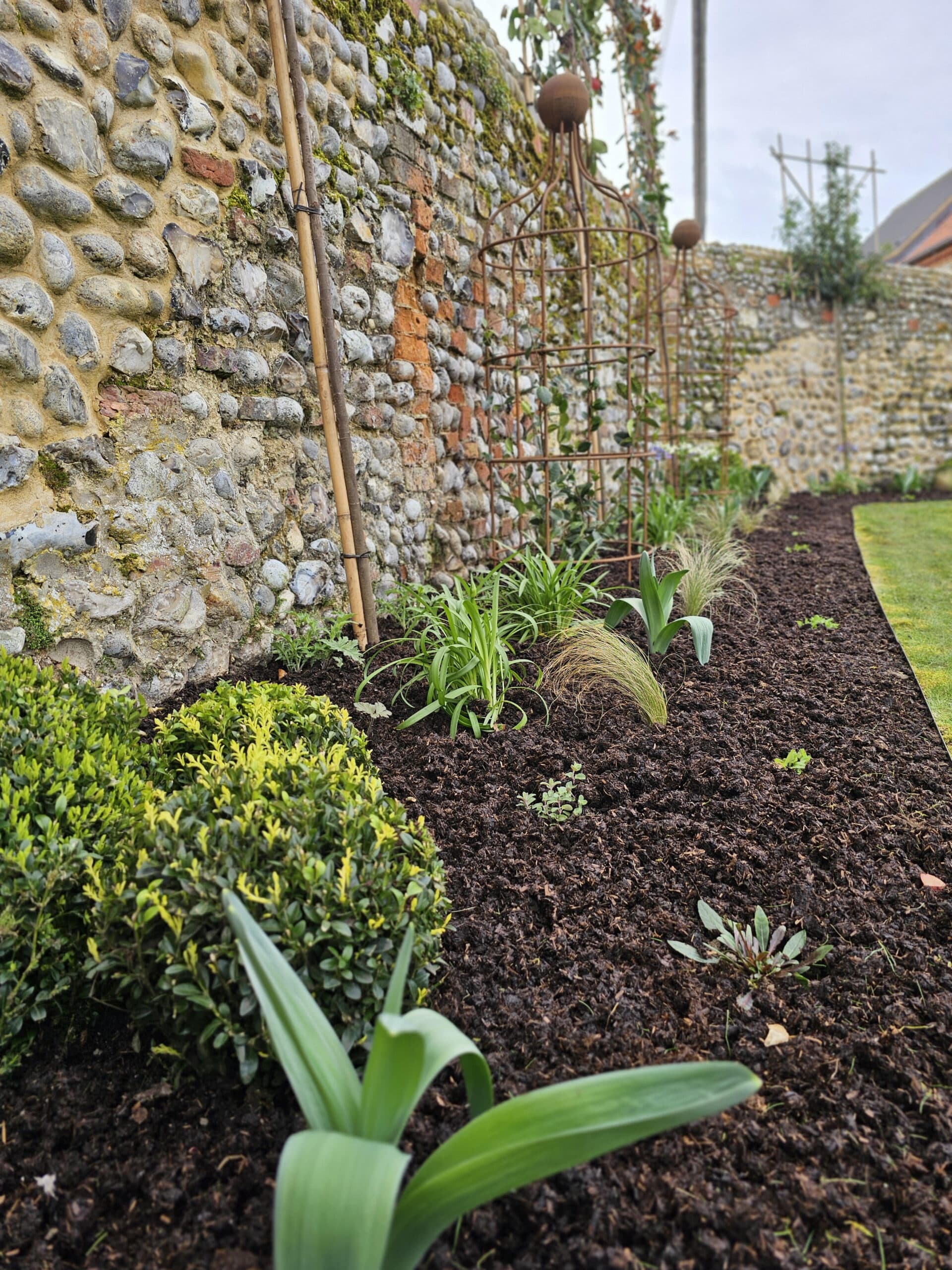
What are the benefits of Mulching in Autumn?
Mulching or topdressing is needed for a number of reasons as it is beneficial for your plants, the soil and the environment. Having organic material
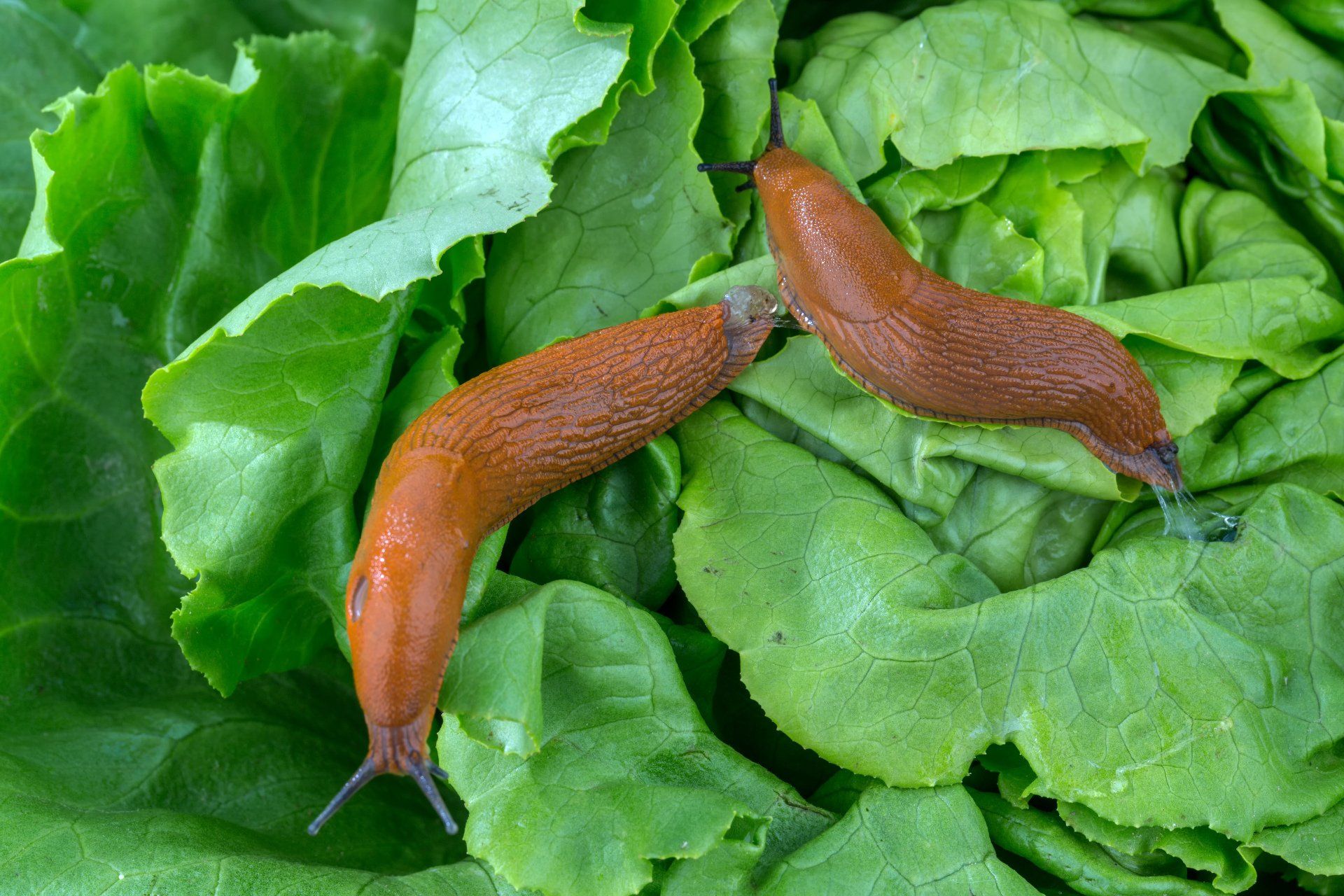
The common assumption that all slugs are plant pests couldn’t be further from the truth, since it is only a relatively small number that primarily feed on plants.
So, here in the British Isles, less than 20% of the 40 or so resident slug species cause problems to gardeners and growers, whilst the remaining species have important roles within the various natural habitats and help to sustain a balanced ecosystem.
Whether it’s providing a vital food source for the creatures that exist further up nature’s food chains, such as ground dwelling beetles, centipedes, small mammals, frogs, toads, blackbirds and hedgehogs, or by eating and recycling dead organic matter back into the soil.
Knowing which are the few plant-damaging slug species would enable gardeners to decide how they protect their garden plants without harming the remaining beneficial slugs which will be recycling and cleaning the garden ecosystem of decaying organic matter.

1. The Black Garden Slug (Arion hortensis)
Description:
· A small black slug with a distinctive orange underside
· Around 2.5cm in length when fully grown
· Produces yellow slime
Habitat & Damage:
· Lives above and under ground
· Nocturnal feeder
· Eats small seedlings, roots and tubers
· The common cause of holes in potatoes where it feeds

2. The Grey Field Slug (Deroceras reticulatum)
Description:
· A small tan or grey coloured slug with mottled darker markings
· Around 3.5cm in length when fully grown
Habitat & Damage:
· Lives above ground
· Nocturnal feeder
· Eats plants and seeds
3. Sowerby’s Keeled Slug (Tandonia sowerbyi)
Description:
· A medium sized brown slug
· Has a keel shape running along its back which is a lighter colour than its body
· Around 7.5cm in length when fully grown
Habitat & Damage:
· Lives mainly underground but can be found feeding above ground
· Nocturnal feeder
· Eats bulbs, plants, roots and tubers
4. Budapest Keeled Slug (Tandonia budapestensis)
Description:
· A medium sized brown-grey slug, mottled with dark brown spots
· Has a keel shape running along its back which is a darker colour than its body
· Has a dark stripe underneath which runs the length of its body
· Around 6.0cm in length when fully grown
Habitat & Damage:
· Lives underground and above ground
· Nocturnal feeder
· Eats bulbs, plants, roots and tubers
5. The Greenhouse Slug (Ambigolimax valentianus)
Description:
· A medium sized pale brown slug with a watery appearance
· Has 2 or 3 dark lines at the head end, and two dark lines down the length of its body
· Around 7.0 cm in length when fully grown
Habitat & Damage:
· Often found in greenhouses and in vegetable beds, under pots and bark
· Nocturnal feeder
· Eats plants, with a particular preference to marigolds
Although the majority of slug species in the British Isles are not herbivorous plant feeders, or only cause insignificant levels of damage, they should be accepted within a garden environment as an important part of its biodiversity.
Three of these species are exceptionally good for the garden and should be encouraged and protected if possible. These are:

6. The Spanish Slug (Arion vulgaris)
Description:
· A large slug, usually brown in colour with a bronze sheen, although darker and lighter colours are common
· Around 15cm in length when fully grown
· Usually found in large groups, sometimes many hundreds
· Exceptionally slimy
Habitat & Damage:
· Lives above ground
· Nocturnal feeder but commonly seen mornings and evenings
· Tolerates dry conditions
· Eats a vast range of plants and flowers to destruction
· Omnivorous, often found eating dead animals and dog faeces

7. The Leopard Slug (Limax maximus)
Description:
· A large slug, usually dark grey in colour but could also be light grey
· Distinctive lines of dark grey or black spots down the whole length of its body
· Around 15cm in length when fully grown
· Known for its unusual mating behaviour, entwined and suspended on a mucus string
Habitat & Damage:
· Lives above ground
· Nocturnal
· Feeds on dead organic matter and also predates other slug species

8. The Black Slug (Arion ater)
Description:
· A large slug, usually dark brown or black in colour with distinct grooves down its back. Often similar in appearance to the Red Slug (Arion rufus)
· Around 15cm in length when fully grown
· Forms a domed bell shape when at rest
· Usually found individually
· Not very slimy
· Not to be mistaken for the Spanish slug which is a serious plant pest
Habitat & Damage:
· Lives above ground
· Nocturnal feeder of dead and decaying organic matter
· Very occasionally it will eat living plant tissue
· Becoming less common in gardens.
· Can be found around and within compost heaps where it will be breaking down organic matter as part of the natural composting process

9. The Red Slug (Arion rufus)
Description:
· A large slug, usually reddish brown in colour with distinct grooves down its back. Often similar in appearance to the Black Slug (Arion ater)
· Around 15cm in length when fully grown
· Forms a domed bell shape when at rest
· Usually found individually
· Not very slimy
· Not to be mistaken for the Spanish slug which is a serious plant pest
Habitat & Damage:
· Lives above ground
· Nocturnal feeder of dead and decaying organic matter
· Very occasionally it will eat living plant tissue
· Becoming less common in gardens.
· Can be found around and within compost heaps where it will be breaking down organic matter as part of the natural composting process.

Mulching or topdressing is needed for a number of reasons as it is beneficial for your plants, the soil and the environment. Having organic material
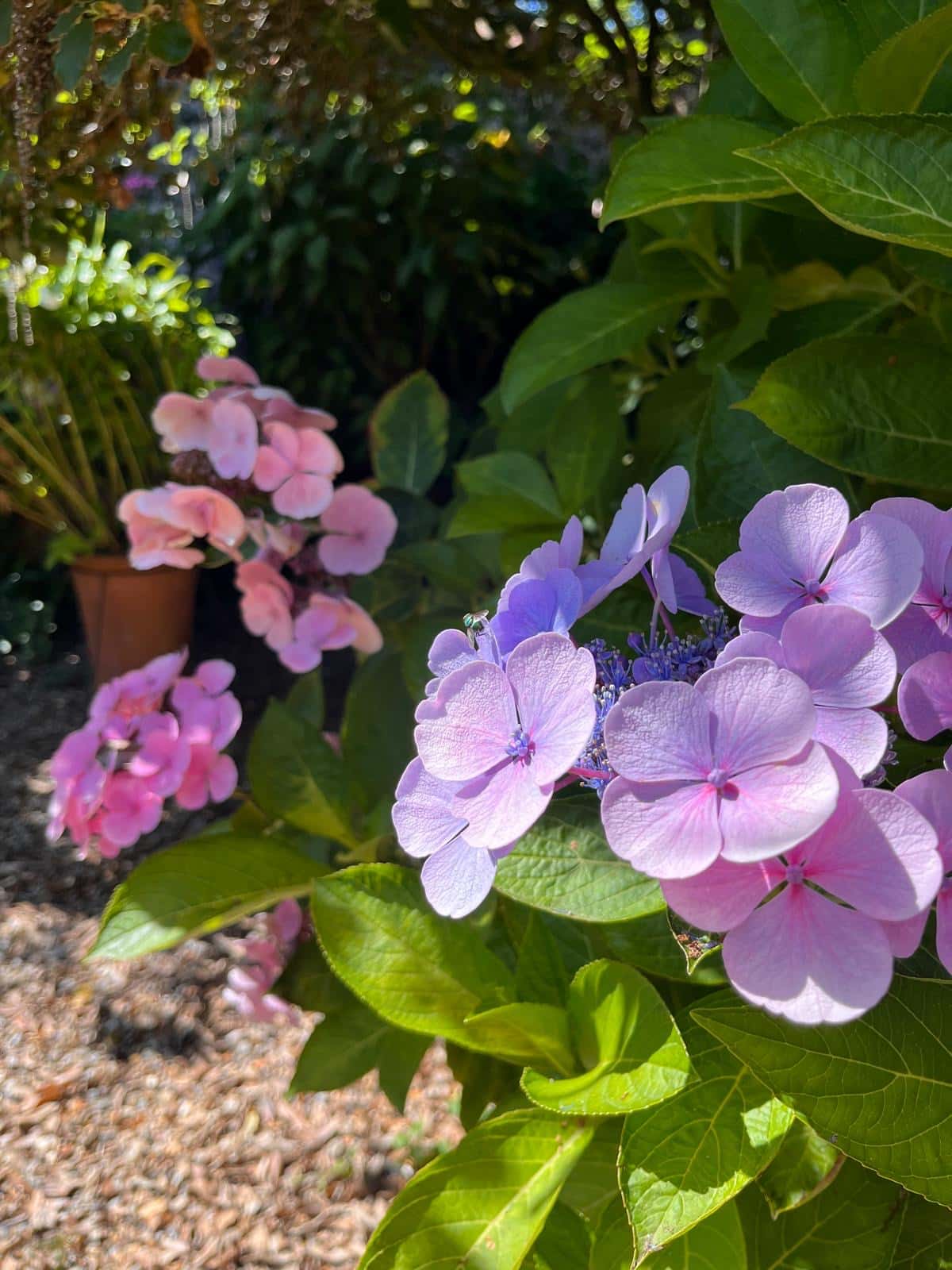
When Spring arrives, our home gardens begin to come alive again as the bleak months of winter end, temperatures rise and the hours of daylight

Our new Champions will be flying the flag for PlantGrow this year and all things natural. We have selected a varied group of individuals from
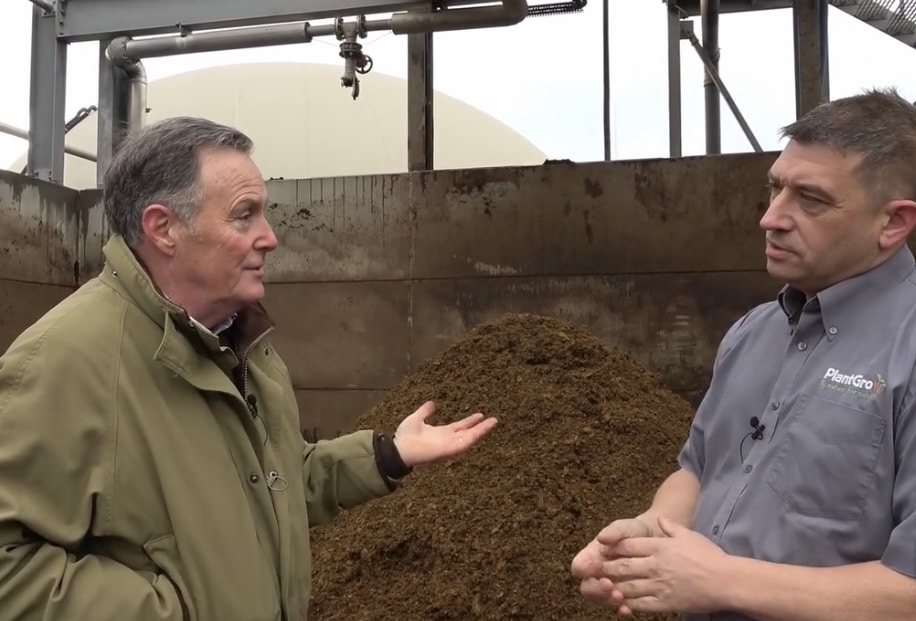
2025 is promising to be a busy year once again for us at PlantGrow with new brand ambassadors and a new list of ‘Champions’ who
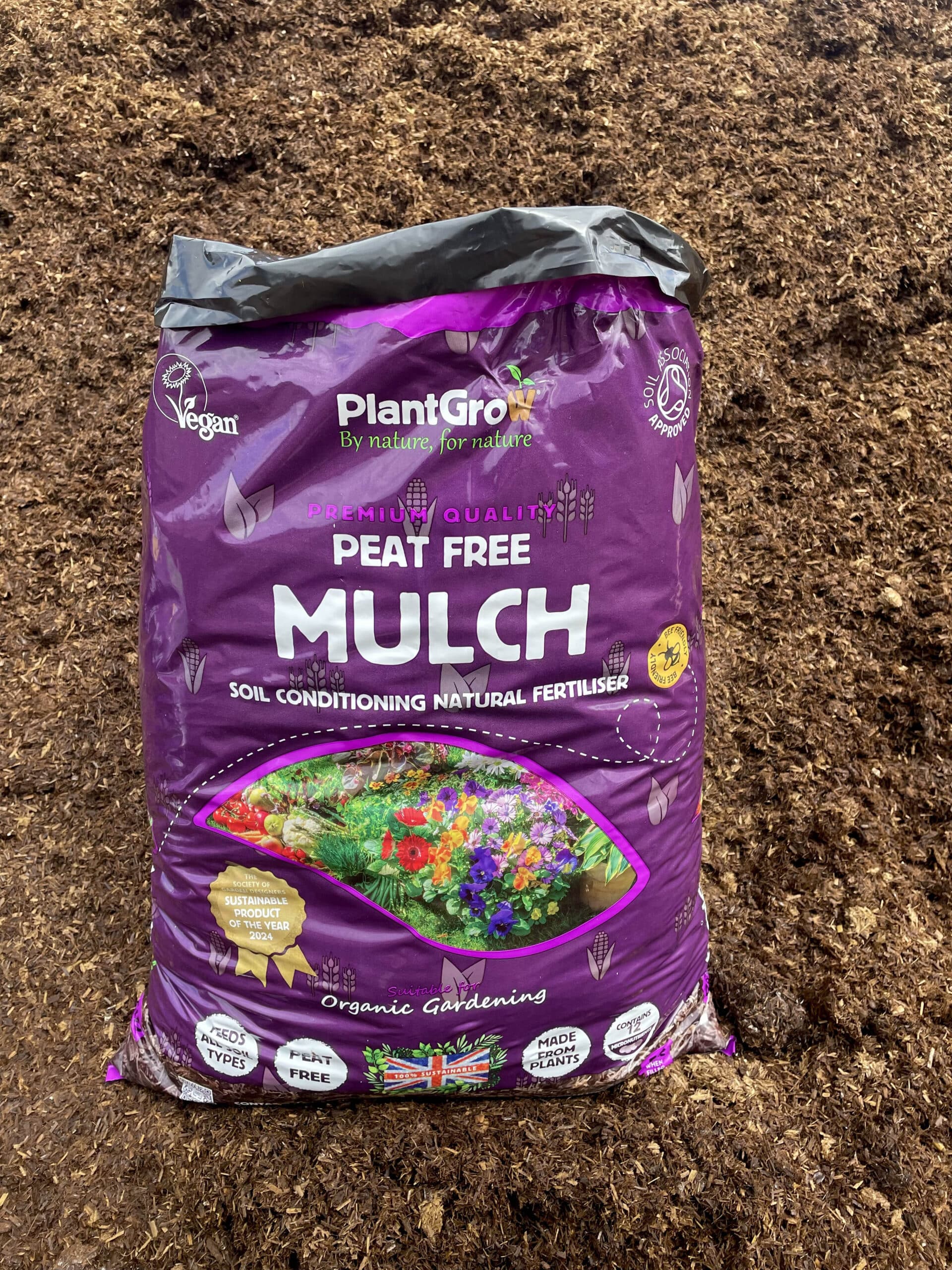
November 2024 Award-winning & market leading PlantGrow Organic Mulch will soon be available in 50-litre size bags for garden centres. Their signature natural fertiliser product
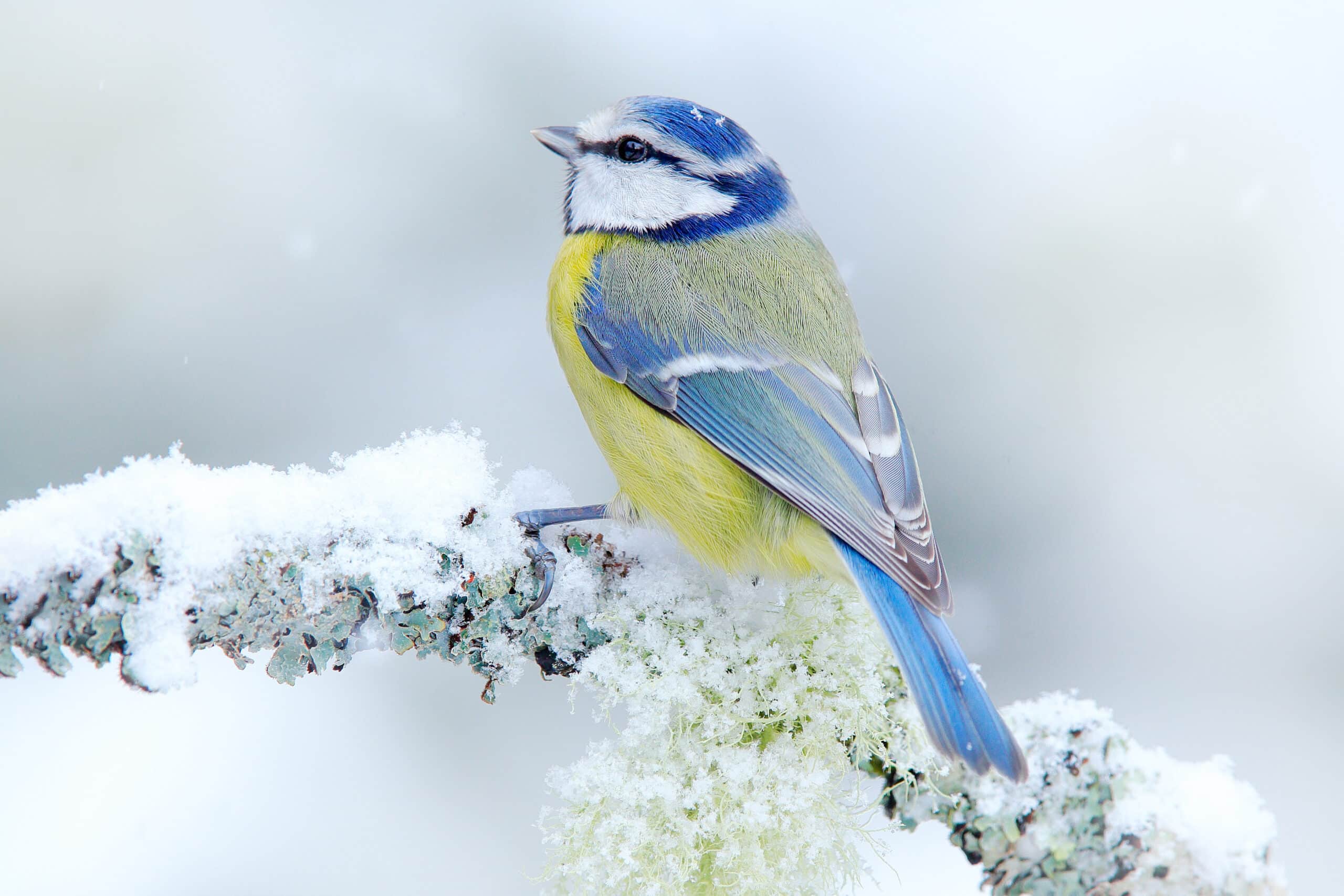
Late Autumn and the onset of Winter will trigger a notable change to the abundance, behaviour and physical state of life within our gardens. With
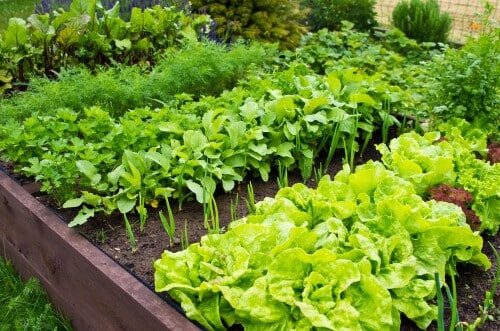
Why do you need to add PlantGrow mulch this Autumn? Mulching or topdressing is needed for a number of reasons as it is beneficial for
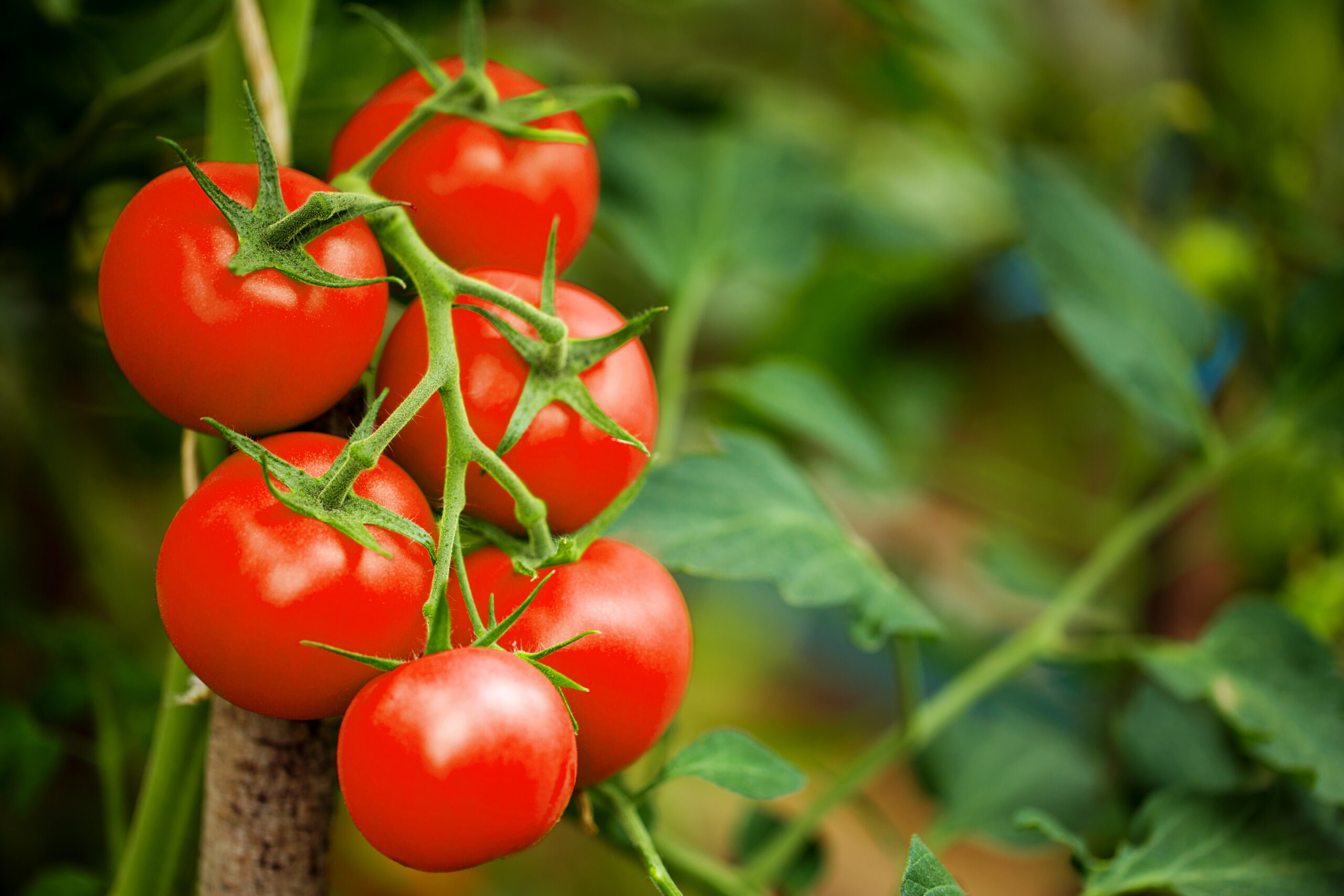
Q: Why should I use fertiliser on my fruits and vegetables? To help you get the most from your garden. Fertilisers supply your plants with

Meet our 2024 PlantGrow Champions PlantGrow Champions are a select group of Instagram growers who use PlantGrow in their gardens. Each one was individually chosen for
| Cookie | Duration | Description |
|---|---|---|
| _savt | 3 years | This cookie is set by Square for payment processing. |
| cookielawinfo-checkbox-advertisement | 1 year | Set by the GDPR Cookie Consent plugin, this cookie is used to record the user consent for the cookies in the "Advertisement" category . |
| cookielawinfo-checkbox-analytics | 11 months | This cookie is set by GDPR Cookie Consent plugin. The cookie is used to store the user consent for the cookies in the category "Analytics". |
| cookielawinfo-checkbox-functional | 11 months | The cookie is set by GDPR cookie consent to record the user consent for the cookies in the category "Functional". |
| cookielawinfo-checkbox-necessary | 11 months | This cookie is set by GDPR Cookie Consent plugin. The cookies is used to store the user consent for the cookies in the category "Necessary". |
| cookielawinfo-checkbox-others | 11 months | This cookie is set by GDPR Cookie Consent plugin. The cookie is used to store the user consent for the cookies in the category "Other. |
| cookielawinfo-checkbox-performance | 11 months | This cookie is set by GDPR Cookie Consent plugin. The cookie is used to store the user consent for the cookies in the category "Performance". |
| CookieLawInfoConsent | 1 year | Records the default button state of the corresponding category & the status of CCPA. It works only in coordination with the primary cookie. |
| elementor | never | This cookie is used by the website's WordPress theme. It allows the website owner to implement or change the website's content in real-time. |
| viewed_cookie_policy | 11 months | The cookie is set by the GDPR Cookie Consent plugin and is used to store whether or not user has consented to the use of cookies. It does not store any personal data. |
| Cookie | Duration | Description |
|---|---|---|
| _GRECAPTCHA | Session | Spam prevention |
| _hjSession_* | 30 Minutes | A cookie that holds the current session data. This ensures that subsequent requests within the session window will be attributed to the same Hotjar session. |
| Woocommerce_cart_hash | 1 Day | To store items in cart |
| Woocommerce_items_in_cart | Session | Store items in cart. |
| Wordpress_logged_in_ | Session | WordPress |
| Wordpress_sec_* | 15 Days | To provide protection against hackers, store account details. |
| Wp_woocommerce_session_* | Session | Store performed actions. |
| Cookie | Duration | Description |
|---|---|---|
| _hjAbsoluteSessionInProgress | 30 Minutes | Hotjar sets this cookie to detect the first pageview session of a user. This is a True/False flag set by the cookie. |
| _hjAbsoluteSessionInProgress | 30 Minutes | Hotjar sets this cookie to detect the first pageview session of a user. This is a True/False flag set by the cookie. |
| _hjSessionUser_* | 1 Year | Hotjar cookie that is set when a user first lands on a page with the Hotjar script. It is used to persist the Hotjar User ID, unique to that site on the browser. This ensures that behavior in subsequent visits to the same site will be attributed to the same user ID |
| CONSENT | 2 years | YouTube sets this cookie via embedded youtube-videos and registers anonymous statistical data. |
| Cookie | Duration | Description |
|---|---|---|
| VISITOR_INFO1_LIVE | 5 months 27 days | A cookie set by YouTube to measure bandwidth that determines whether the user gets the new or old player interface. |
| YSC | session | YSC cookie is set by Youtube and is used to track the views of embedded videos on Youtube pages. |
| yt-remote-connected-devices | never | YouTube sets this cookie to store the video preferences of the user using embedded YouTube video. |
| yt-remote-device-id | never | YouTube sets this cookie to store the video preferences of the user using embedded YouTube video. |
| Cookie | Duration | Description |
|---|---|---|
| cookielawinfo-checkbox-tracking | 1 year | No description |
Parcel deliveries
We aim to deliver all parcels within 2-4 working days from dispatch, order before 12:00pm for same day dispatch.
Pallet deliveries
We aim to deliver all pallets within 2-5 working days from dispatch, order before 12:00pm for same day dispatch.
If you require further information regarding your delivery, please email daniel@plantgrow.co.uk
